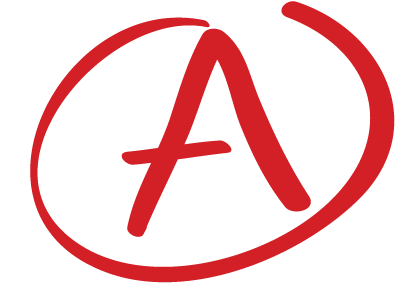This is tough. Usually the people who are really good at math are a little antisocial and adverse to groups or at least, they don’t need to work in a group to get good grades. This does change the higher up you go in math and the increasing workload and difficulty and complexity of the problems forces you to either work in a group or give up sleep for a term at a time! In any case, at the more introductory levels of math, high school and first year university level, working in groups can be fun and a great way to develop new friendships, network, develop your communication and teaching skills and just meet new people. One common way of doing a group assignment or project in math or analytical types of subjects that isn’t very “group oriented”.
Method 1: How not to do a group assignment
There is the risk that in a group, if there is an assignment with a set number of problems, say 10,
- A couple of problems are assigned to each person in the group.
- then each person goes off and solves their assigned problems on their own,
- everyone brings their solved problems together,
- puts everyone’s names on the finished set of solutions and
- TA DA! The group assignment completed yet no “group work” was done.
Advantages of Method 1:
- Less work because you don’t have to do all the questions on the assignment.
- You can work on the problems at your convenience and only need to have a solution prepared for the due date.
Disadvantages of Method 1:
- This is not an effective way to work as a “group”. This may get the assignment completed and save time because you only have to do a fraction of the assignment problems.
- But what ends up happening as well is that you only learn a fraction of the material.
- There is also no guarantee anyone will work together. And there is the possibility that someone doesn’t spend much time on their assigned questions and as a result there is a greater risk of a poor job being done.
A better more “group oriented” way to do a group assignment for math or some analytical subject could be,
Method 2: Better way to do a group assignment
Take the 10 questions and assign each person a couple of questions to
- research and be responsible for. This doesn’t mean complete and solve entirely on their own, but are responsible for understanding, doing some background reading on and bringing to the table for discussion and then writing up the solution for.
- everyone in the group agrees to meet back in say a couple of days. Let’s assume we have a week to complete and hand in this group assignment.
- during those couple of day, each person takes their couple of questions, does some research on the topic pertaining to the questions, background reading, possible ways to attack the problems and some questions related to the questions to bring up for discuss at the meeting.
- During the meeting, each person goes over their assigned questions, what they found out during their research and background reading and their questions for the group.
- The group then discusses these question, everyone offering their two cents worth to solution or possible methods of attack.
- The one responsible for those questions makes notes and if a solution has been established during the discussion, writes up the solution. If a solution has not been established, agrees to go off and work on the problem with the discussed information.
- This process is repeated for everyone in the group.
- After everyone and every problem has been presented and discussed, everyone agrees to one last meeting time at which time finishing touches will be placed on solutions and all the solutions brought together.
- Everyone goes off to work on their assigned problems.
- Between this time and the final meeting time, discussions can still occur amongst any of the group members either in person, email or any other means to help each other out.
In this way described above everyone in the group is acquainted with each problem on the assignment and has a sense of the challenges of each problem. With any group assignment there is just the one copy of the completed assignment. This isn’t great for study purposes. Once the assignment has been marked and handed back, one group member takes responsibility to make copies for everyone. While this way of doing a group assignment doesn’t seem to save time, and probably doesn’t, it uses the time in a different way.
Advantages of Method 2:
- Everyone gets a chance to hear and learn ow another person thinks and goes through the problem solving process.
- Each person has a chance to present their findings, take information from others to help solve a problem and to think together in a group cooperatively on a common problem.
- Each group member is forced to dedicate time to the problems rather than leaving it until the last minute. It forces time management.
- It create accountability to a group which in many cases forces some to make the assignment a priority. This can be good for some!
- It gives you a chance to get to know some of your classmates and this can be invaluable in the future.
Disadvantages of Method 2:
- Probably won’t save you time.
- You will have to make the assignment and your assignment problems a priority and keep on top of it.
- You will need to be able to think on your feet during the group discussion part for the other problems. Perhaps even read through the other problems before the first group followup meeting.
This second method isn’t the only way to do a group assignment but it is a more effective and valuable way than the first. Sadly, too often the first method of doing a group assignment or project is what usually ends up happening. Take advantage of group assignments as a chance to learn in a different way.
Above we looked at doing an assigned group project or assignment. But there are other ways you can work in a group. The most common is outside of classes in informal study groups that just organically form. This is another post and more along the lines of a study group, rather than doing a group assignment or project.



